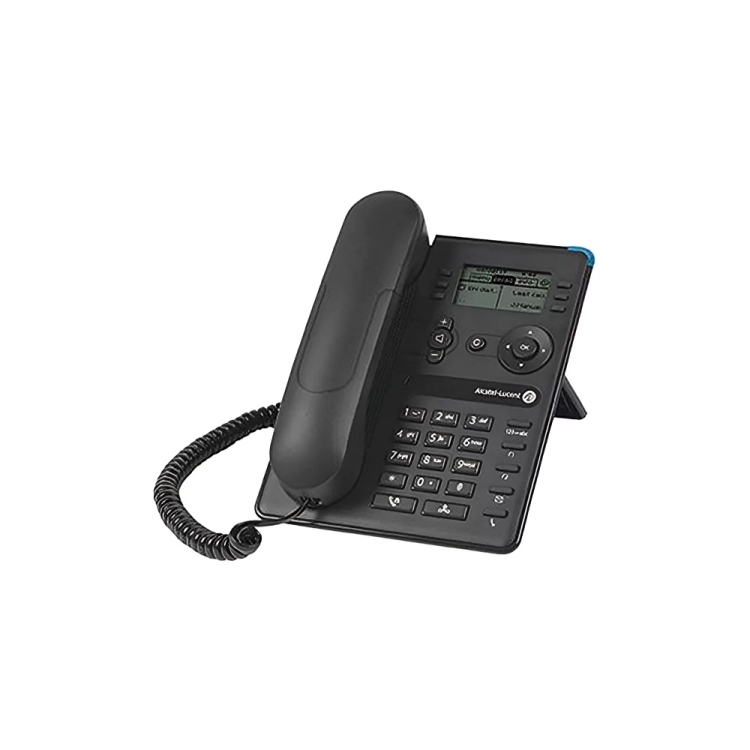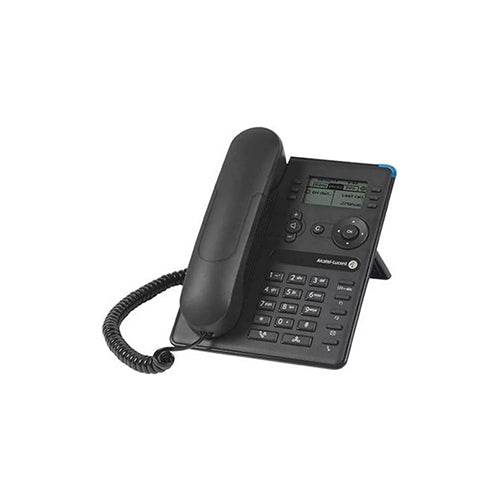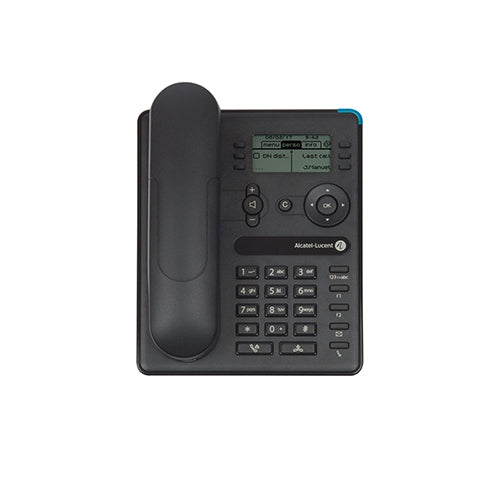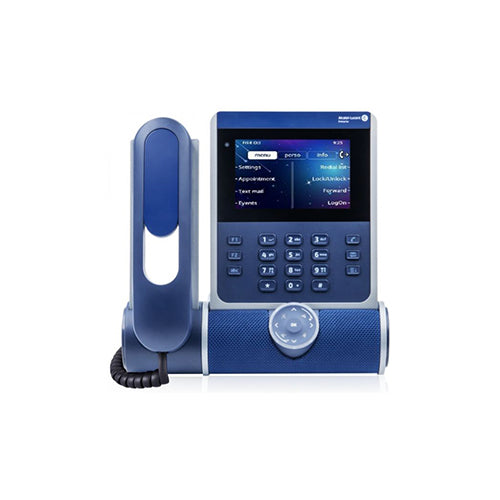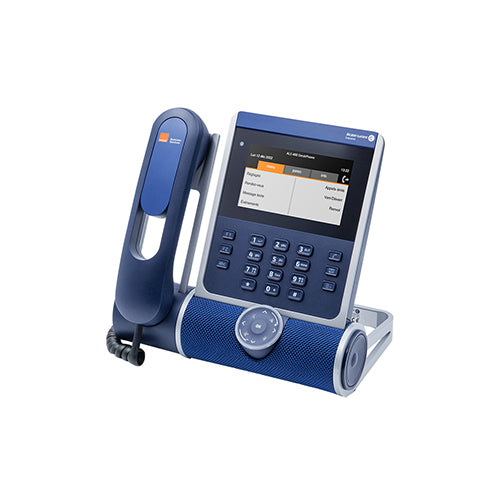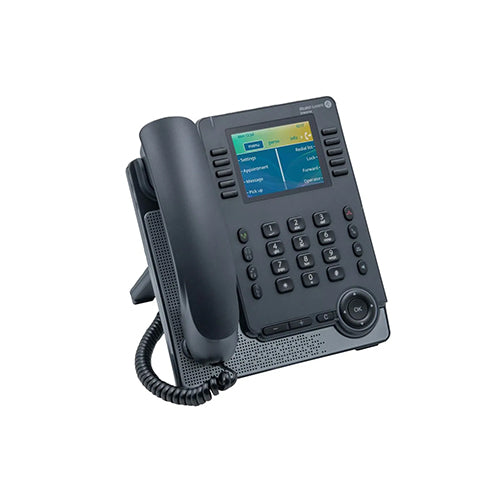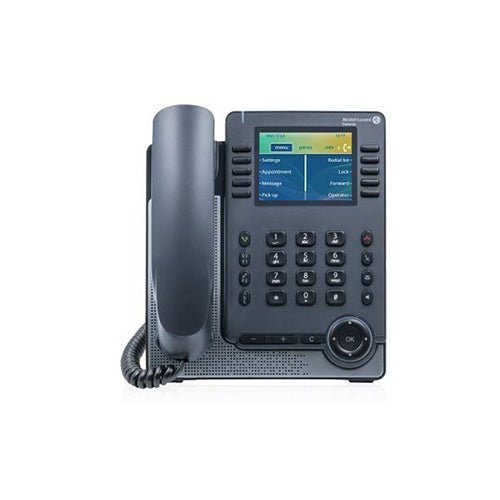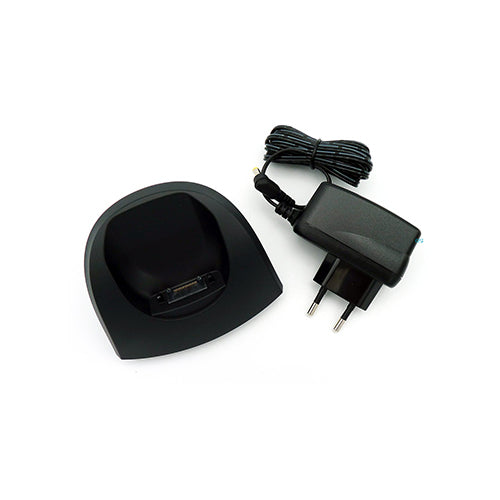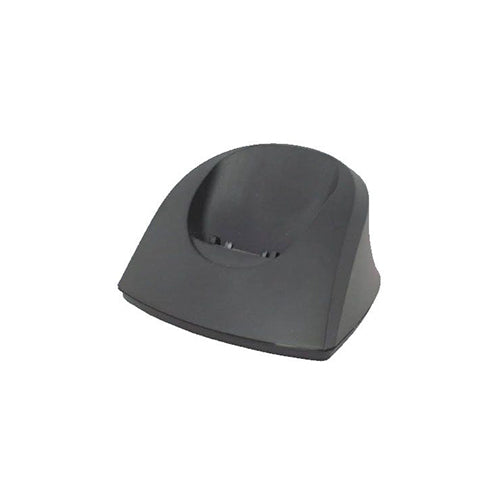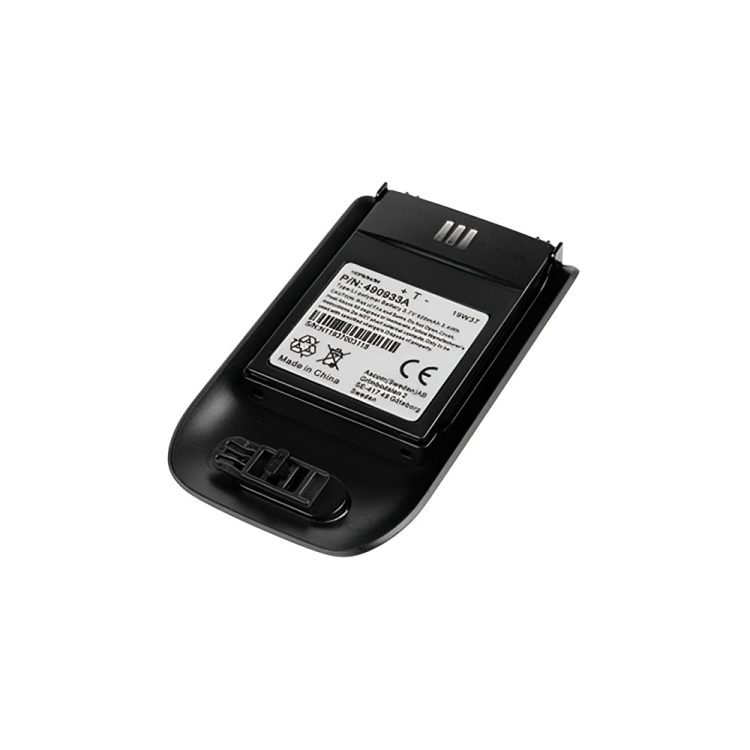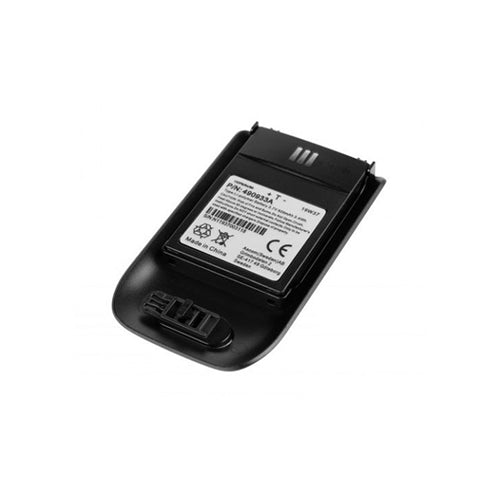|
Specifications
|
||
|---|---|---|
| Model | Dell SRODEL00038 | |
| Chipset | QLogic 2692 | |
| Port Configuration | Dual Port – Two 16Gb Fiber Channel ports for high-speed data transfer in fiber channel storage networks. | |
| Interface | PCIe Gen3 (PCI Express 3.0) for high-speed and efficient communication with the server’s motherboard. | |
| Data Transfer Rate | 16Gbps (Gigabits per second) per port, offering high-performance connectivity for storage area networks (SANs). | |
| Compatibility | Compatible with servers, SANs, and storage arrays requiring high-speed fiber channel connectivity for data transfer. | |
| Fiber Channel Standards | Compliant with Fiber Channel over Ethernet (FCoE), supporting both native Fiber Channel and Ethernet-based storage systems. | |
| Form Factor | Low Profile / Full Height bracket options, ensuring compatibility with various server rackmount chassis types. | |
| Applications | Ideal for data centers, enterprise storage systems, and virtualized environments that require high-speed fiber channel connectivity for storage solutions. | |
| Advanced Features | Supports advanced features such as Multiple Queue Support, World Wide Name (WWN), and Fibre Channel over Ethernet (FCoE) for enhanced storage management. | |
| Power Consumption | Energy-efficient design with low power consumption to minimize energy costs while maintaining performance. | |
| OS Support | Compatible with Windows, Linux, and VMware operating systems, with available drivers for easy installation and operation. | |
| Compliance | Meets industry standards such as RoHS, CE, and UL, ensuring safety, environmental compliance, and minimal impact on the environment. | |
| Management | Supports management through industry-standard protocols such as SCSI, Fibre Channel management tools, and host-based management. | |
| Applications | Ideal for use in enterprise-class storage systems, high-performance computing, and virtualization environments requiring stable, low-latency data transfers. | |
| Low Latency | Optimized for low-latency, high-throughput storage network environments, making it suitable for applications with critical storage requirements. | |
|
Specifications
|
||
|---|---|---|
| Model | Dell SRODEL00038 | |
| Chipset | QLogic 2692 | |
| Port Configuration | Dual Port – Two 16Gb Fiber Channel ports for high-speed data transfer in fiber channel storage networks. | |
| Interface | PCIe Gen3 (PCI Express 3.0) for high-speed and efficient communication with the server’s motherboard. | |
| Data Transfer Rate | 16Gbps (Gigabits per second) per port, offering high-performance connectivity for storage area networks (SANs). | |
| Compatibility | Compatible with servers, SANs, and storage arrays requiring high-speed fiber channel connectivity for data transfer. | |
| Fiber Channel Standards | Compliant with Fiber Channel over Ethernet (FCoE), supporting both native Fiber Channel and Ethernet-based storage systems. | |
| Form Factor | Low Profile / Full Height bracket options, ensuring compatibility with various server rackmount chassis types. | |
| Applications | Ideal for data centers, enterprise storage systems, and virtualized environments that require high-speed fiber channel connectivity for storage solutions. | |
| Advanced Features | Supports advanced features such as Multiple Queue Support, World Wide Name (WWN), and Fibre Channel over Ethernet (FCoE) for enhanced storage management. | |
| Power Consumption | Energy-efficient design with low power consumption to minimize energy costs while maintaining performance. | |
| OS Support | Compatible with Windows, Linux, and VMware operating systems, with available drivers for easy installation and operation. | |
| Compliance | Meets industry standards such as RoHS, CE, and UL, ensuring safety, environmental compliance, and minimal impact on the environment. | |
| Management | Supports management through industry-standard protocols such as SCSI, Fibre Channel management tools, and host-based management. | |
| Applications | Ideal for use in enterprise-class storage systems, high-performance computing, and virtualization environments requiring stable, low-latency data transfers. | |
| Low Latency | Optimized for low-latency, high-throughput storage network environments, making it suitable for applications with critical storage requirements. | |


